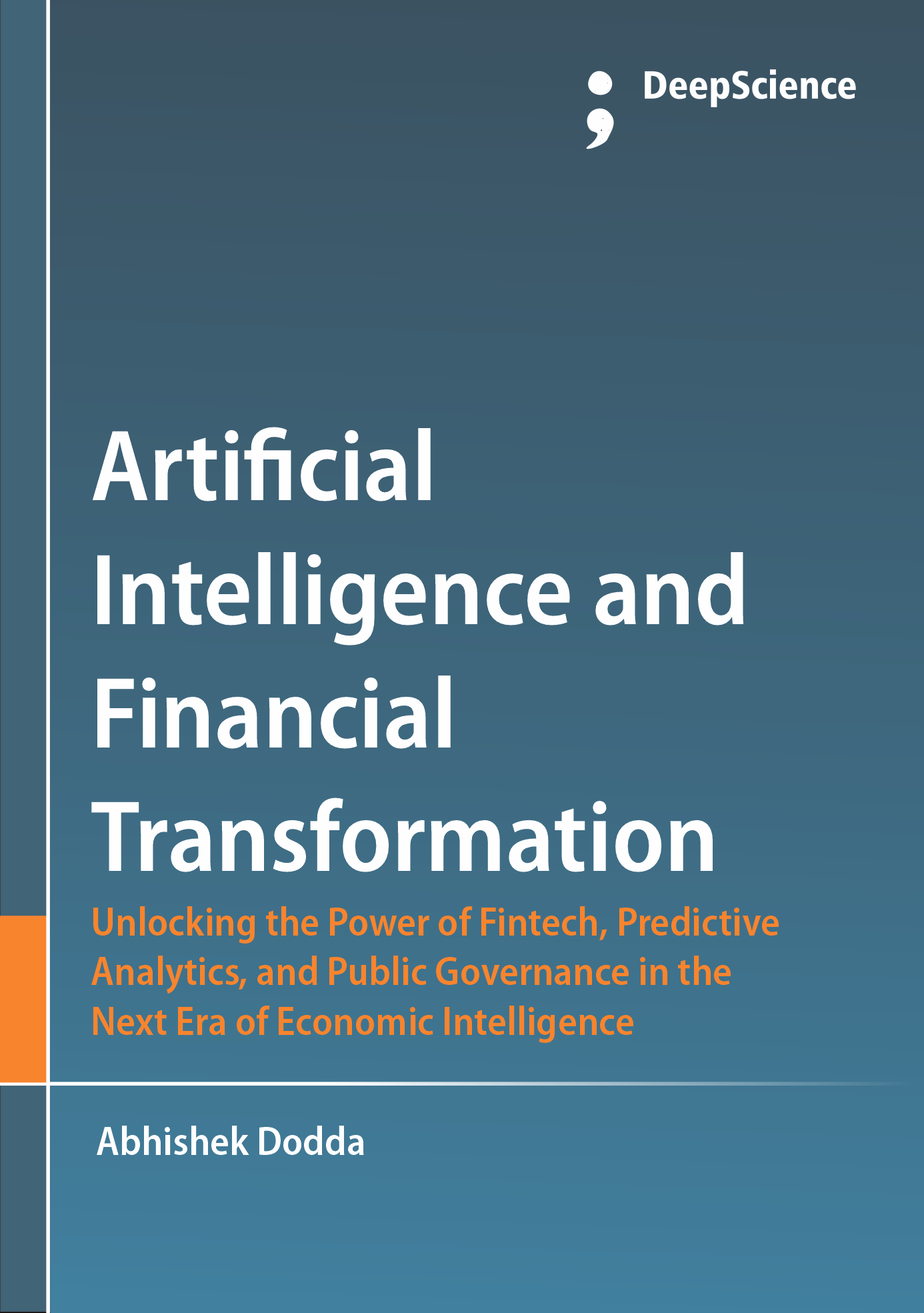Understanding agentic artificial intelligence: Autonomous digital agents and their impact on workflows and decisions
Synopsis
What if an AI chatbot could operate a task entirely on its own in software and/or hardware? What if, when you asked your favorite AI chatbot to schedule a meeting with someone, it created your calendar appointment, contacted the person, negotiated the time slot, and sent reminders, handling any situation that arose, entirely without your further input? These so-called "autonomous" or "agentic" AI models are rapidly emerging. In this chapter, we explain how autonomous AI systems already exist now and provide an overview of what they can do. We also discuss the implications this new AI paradigm could have for work and decision-making (Bryson et al., 2020; Acharya et al., 2025; Hughes et al., 2025).
We frame agentic AIs as general-purpose computing systems that are able to perform an open-ended set of tasks in various software and hardware environments on behalf of or rather than just in support of human users. Central to our conceptualization of autonomous agents are three properties: the ability to act (and finalize tasks) on behalf of users rather than just in support of users; the ability to execute a wide variety of different tasks that are not limited to query-response or dialog functions; and the ability to work and/or interact in the physical world as well as in virtual environments. We define Agentic AI as those technologies and applications that are based on Large Language Models and their variants that exhibit the properties of such autonomous agents. Commercial "Agentic AI" systems and apps utilize also other AI-centric approaches including multimodal or evolutionary learning and/or hybrid models that integrate LLMs with neural-symbolic, cognitive architecture, or common sense reasoning components. Initial projects in the relatively newly emerging field of Agentic AI focus either on using LLMs to augment existing automation technology or on autonomous process optimization and decision-making. But fully enabling Agentic AI would involve a significant redesign of current processes to fit into an autonomous model that assigns agencies to both humans and agents, a design that allows agents to perform their task autonomously with assistance from human users only when necessary and that allows human users to monitor agent operations and interventions at low cost (Stone et al., 2016; Russell & Norvig, 2020; Sapkota et al., 2025).












